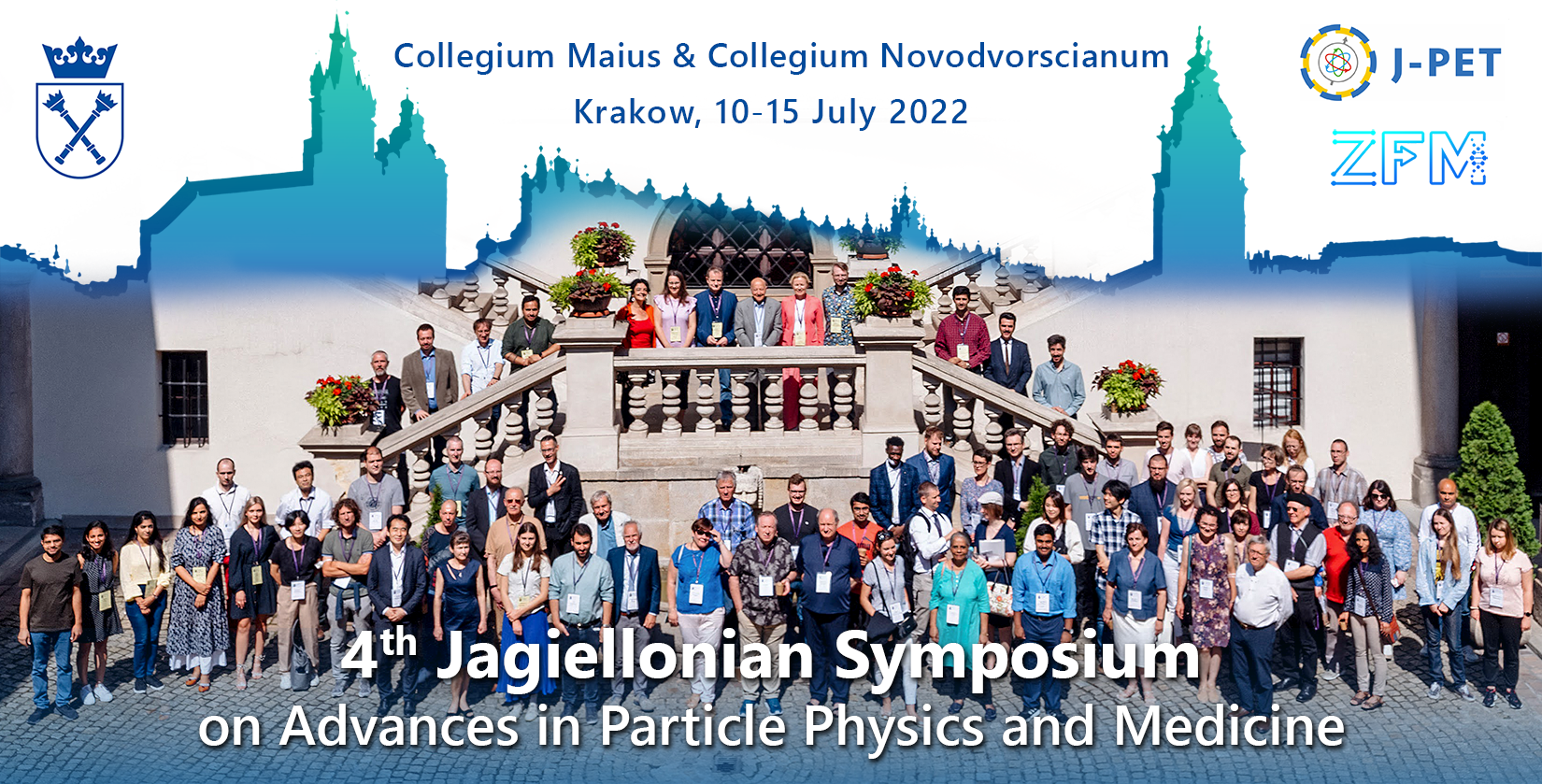Speaker
Description
Theranostics is a relatively new field of medicine, although its roots go back at least 70 years. This principle implies that treatment should be based on well-defined medical/biological goals defined by imaging methods.
Over the last decade, there has been rapid progress in this area. In recent years, the number of publications on theranostic techniques has reached around 1,000/year. Theranostics covers various areas: radioisotope-based therapy, bioimage guided radiotherapy, optical imaging, laser ablation and surgery or nanotherapy.
• Radiotheranostics is perhaps the most advanced clinical application of theranostics, with many advances and emerging opportunities. In these procedures, indications for radioisotope therapy are based directly on the results of scintigraphic images: scintigraphy indicates whether a given radiopharmaceutical accumulates in the appropriate amount in the tumor; a therapeutic radiopharmaceutical is used only when the scintigraphy indicates a sufficiently large accumulation of the diagnostic form of the radiopharmaceutical. Therefore, pairs of radioisotopes are sought - emitting gamma radiation (for diagnostics) and emitting beta or alpha radiation (for therapeutic purposes). Examples include 123I (for diagnosis) and 131I (for treatment) in malignant or benign thyroid diseases. The second direction of the development of radiotheranostics is the use of known theranostic radiopharmaceuticals in the diagnosis and treatment of other diseases. An example is the use of somatostatin analogues labelled with 177Lu in the treatment of pheochromocytoma, breast cancer, small-cell lung cancer or meningioma. 177Lu labelled PSMA is adapted for treatment of thyroid, hepatocellular or renal cancer. The examinations are conducted on the use of various radioisotopes depending on the type and severity of the disease. The search for new therapeutic targets is also underway. The current results indicate that new therapeutic targets may turn out to be CXCR-4, FAPI, gastrin-releasing peptide receptor, integrin αVβ3 or αVβ5 receptors, CD38, CD45.
The next direction in the development of theranostics is the use of tandem therapies. The combination of radioisotope treatment and chemo-/immunotherapy seems to be more effective. An important achievement in recent years is also the possibility of characterizing the tumor microenvironment: activity of immune cells and fibroblasts, extracellular matrix or angiogenesis. This information is helpful (or even critical) in selecting the appropriate treatment for patients.
Today, radiotheranostics constitutes a new view on therapeutic procedures, and nuclear medicine is currently the best tool for its development.

